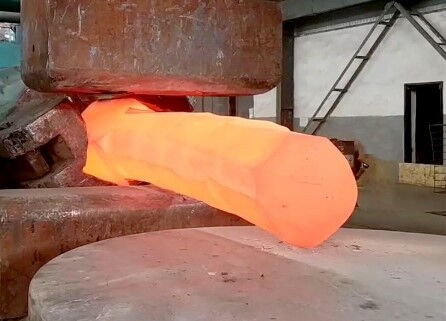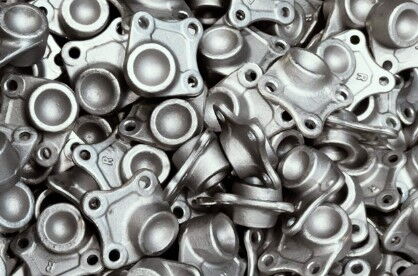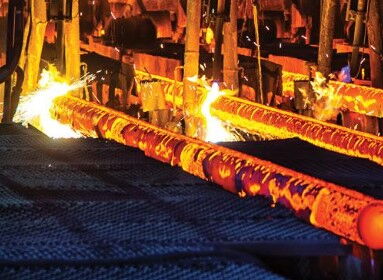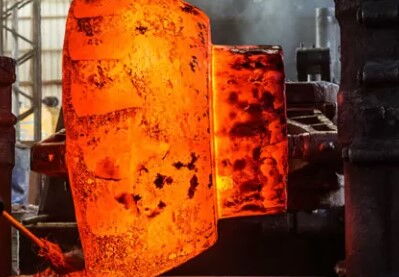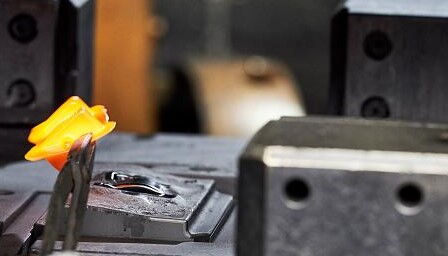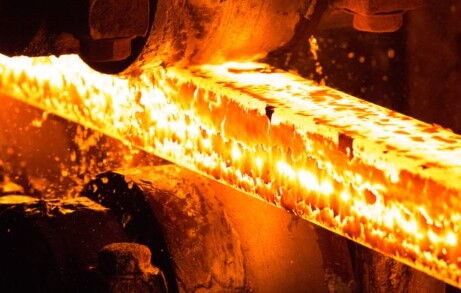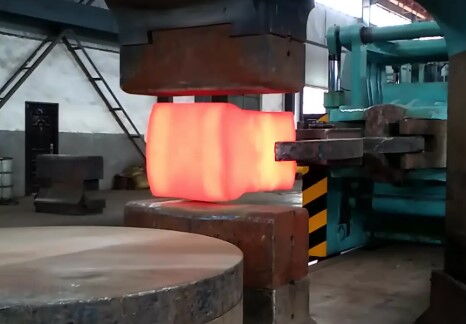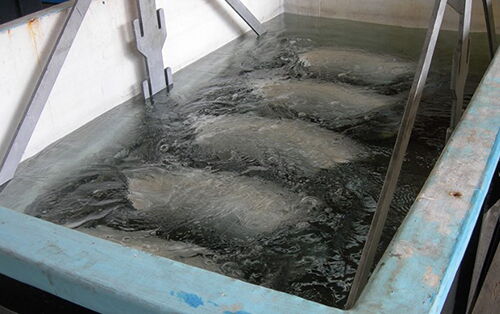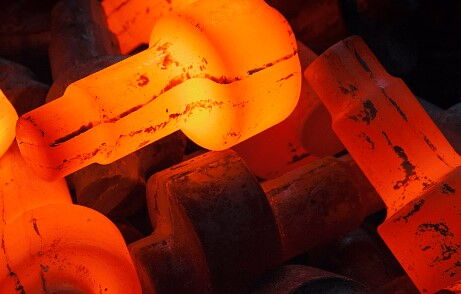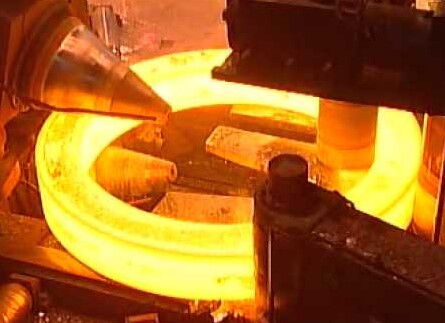Metallurgical Defects in Titanium Alloy Forging Process
Titanium alloys are renowned for their exceptional strength-to-weight ratio, corrosion resistance, and high-temperature stability. These properties make them invaluable in advanced applications such as aerospace, chemical engineering, and marine engineering. However, during the forging process, titanium alloys are prone to various metallurgical defects due to the material's unique characteristics and the complex requirements of the forging process. These defects not only compromise the mechanical...

